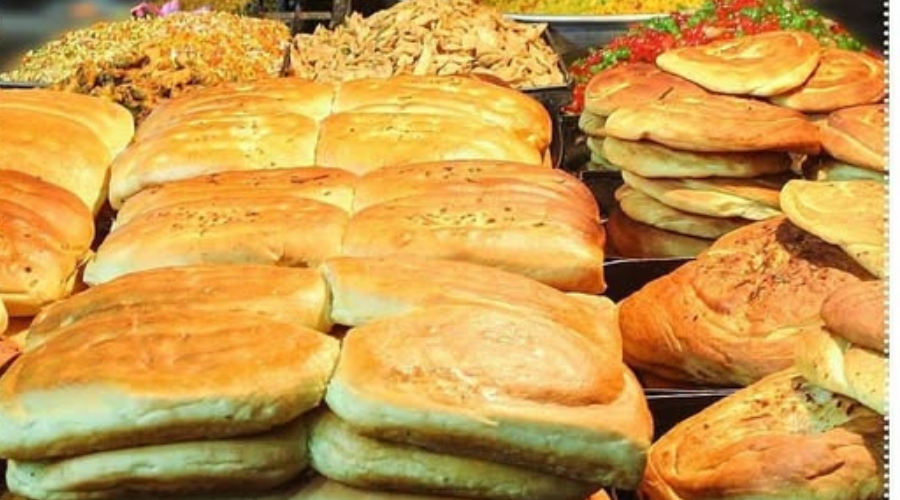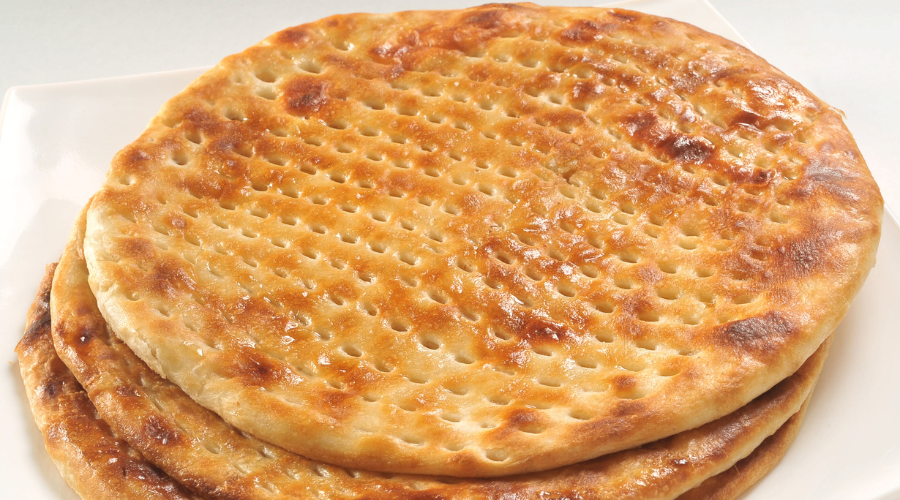When we think of Indian flatbreads, classics like naan, paratha, and chapati instantly come to mind. However, one lesser-known flatbread from the royal Awadhi kitchens is an amalgamation of many cultures, absorbing the essence of each for a flavourful indulgence. Sheermal, the royal Awadhi flatbread, is a puffy, sweet bread, drenched in milk, packed with the richness of saffron and fragrance of cardamom, and mostly eaten at Iftaar during the holy month of Ramadan. Sheermal is derived from the Persian word sheer, meaning milk, and the Sanskrit word Kshir, meaning milk. Malidan, meaning to rub or to knead, in a literal translation, sheermal means milk-rubbed.
Besides dum biryani, yakhani pulao and galouti kebabs, Lucknow is also known for its sweet star of the Awadhi cuisine, Sheermal. The saffron-laced bread traces its origins in Persia, from where it travelled, the Silk Road, to Iran, Afghanistan, Pakistan and India.
The Evolution of Sheermal: A Sweet-Scented Flatbread Across Cultures
From travelling the Silk Road to making it a culinary experiment, this milk bread has fascinating tales of history. While most sources claim that sheermal came to India via the Silk Route, some claim that this culinary marvel originated in the kitchens of Nawabs in Awadh. During the reign of Nawabs, some believe sheermal came in as an experiment, and others feel it was just a scrumptious addition to the bowl of Nihari. The bawarchis or raqabdaars (royal chefs) would use rich spices like saffron and cardamom in their cuisine and cook the food on coal-fired tandoors. Sheermal was stuffed with the melt-in-mouth galouti kebabs, making it a delight and easier for the toothless Mughal nawabs.

Different Indian cities have their variation in sheermal. The Indian sheermal is round, garnished with strings of saffron, with buffalo milk as a natural sweetener and prepared with softer dough for the bread. However, the city of Bhopal takes on a distinctive rectangular shape, and adding kewra elevates its aroma and flavour to a new level.
With its rich ingredients, delicate sweetness, and royal heritage, sheer mal isn’t just another flatbread—it’s a fragrant, melt-in-the-mouth indulgence that continues to hold a special place in India’s culinary landscape.
Vardaan Marwah, Chef Partner at FARRO Pune, states, “At FARRO, we’ve reimagined the traditional Sheermal as a soft, slightly sweet pita-style bread. It carries the richness of saffron and ghee, but with the versatility of a pita – and pairs perfectly with our smoky Pashtun kebab.”














